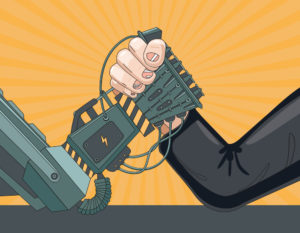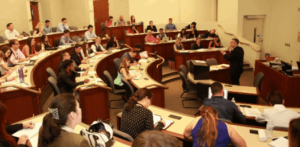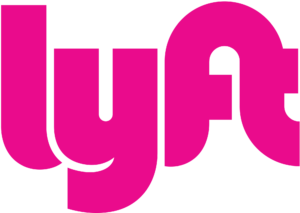Safeguarding a company’s intellectual property (IP) can be crucial to developing and maintaining a successful business. In a New York Times Magazine article “Z-Burger Case Shows Value of Trademark Protection,” Payam Tabibian, the original owner and creator of the successful Z-Burger fast-food chain, was able to protect his creation precisely because he had registered his trademarks at the outset of creating his business. IP rights not only help preserve an entrepreneur’s business, however, they are also crucial for encouraging innovation, protecting small businesses, and helping to establish brand trust and awareness. Additionally, IP rights can assist in securing secondary revenue streams and can also be used as leverage if an entrepreneur is in possession of a valuable patent they want to use as collateral when financing their startup.
Although the United States has relatively strong IP rights, the legal landscape may not protect all IP equally. As Forbes article In Today’s Market, Do Patents Even Matter? points out, a patent does not protect your IP rights from being infringed upon; it simply provides the patent holder a means of legal recourse in the event they are infringed. Even if an entrepreneur decides to sue, most litigation lasts between three to five years and costs millions. Novice entrepreneurs and small startups are not financially equipped to fight in the IP battles that routinely occur between heavy-hitters such as Apple and Samsung. Another issue is larger firms using the IP laws to register patents and then never actually use them, consequently stifling innovation.To make matters worse, around 97% of all patents never even recoup the costs of filing, making them an unnecessary expense in many circumstances.
Regardless of the argument whether IP rights are essential for new businesses and entrepreneurs, the facts illustrate that they nevertheless play a vital role in America’s economy. An article in The Economist, America Can’t Control the Global Flow of Ideas, underscores how the desire among businesses for strong IP laws is high because so much is at stake, with American businesses deriving 80% of their market value from intangible assets and own half of the world’s IP. These same businesses rely on selling their products across borders where IP protection is not nearly as a secure, specifically in China. The White House itself published a report accusing China of IP violations, which included accusations of “outright theft and forced transfer of IP to joint-venture partners in China.” As cited in a Forbes article, Feeding the Fire of Genius: Intellectual Property And America’s High-Tech Future, the United States Trade Representative stated that “Chinese theft of American IP currently costs between $225 billion and $600 billion annually.” With China being listed as “the world’s principal IP infringer,” startups and large firms alike are advocating for the Trump administration to tighten its grip over China’s unfair trade practices regarding IP. Whether the current administration will be able to successfully curtail such trade violations is still up for debate, with entrepreneurs waiting on the sidelines hoping that the legal system will prevail in protecting their IP rights.
Question to Consider:
- Are the benefits of strong IP protections outweighed by their drawbacks?
- Does the legal system help facilitate the benefits of IP protections or enhance its potential issues?
- Would the business landscape look different if U.S. Patent and Trademark Office employed some degree of active use to patents in order for them to remain enforceable?
- If most small businesses and startups do not have the time or financial resources to defend their IP, is it worth getting a patent? Is the potential value of the IP rights worth the initial costs and potentially drawn-out legal battles?
- Is there anything substantial the United States can do to thwart China’s outright theft of IP?








